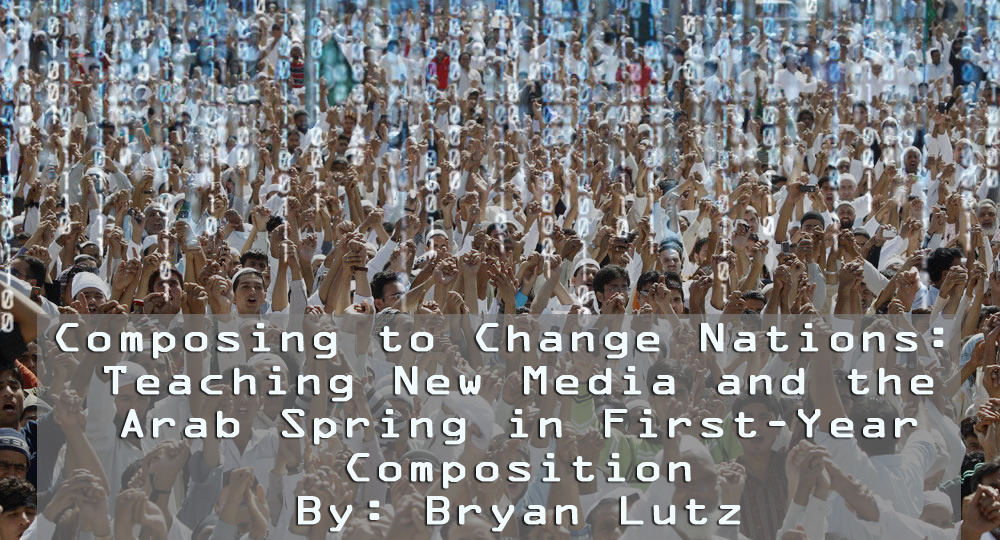Assignment
Goal #2: Questions to be Answered, Continued
The second step is largely problem-posing. As a class we have already discussed a range of issues as they are framed by other authors. With this as a foundation I ask students to identify issues of contemporary relevance and to find blogs that discuss those issues. This sometimes involves a brief search of news media outlets, but often students have topics of debate that are already of interest to them (both locally and globally). The class discusses these problems and collaborate to determine what is at stake for the people in the discussion. We look not only at how the problems are defined, but also the proposed solutions that are already part of the public dialogue. I encourage students to challenge the assumptions and arguments made by the stakeholders. I also offers students the caveat that the solutions stakeholders offer may mediated by power and privilege, thereby challenging them to question existing knowledge with the goal of reinventing knowledge for themselves.
Many of the blogs identified by my students mention policy decisions, geographical considerations, invocations of identity (with a few stereotypes and ad hominum arguments to be wary of) and include the author’s own personal stories about how they felt they would be impacted. These circumstances generated spirited discussions over both stakeholders and their angles of vision, as well as conversations about audience and purpose. It also leads into conversations about what an effective argument may look like. As a class we decide what a good multimodal essay should look like based upon the percieved opportunities of the blog authors. This is where the instructor must be both a facilitator and guide, asking directive questions about what is at stake for the author, or the politician, or the country as a whole, as well as ask questions about audience consideration, purpose, and the possible form of an effective argument. Here it is important to note that there must be at least two hours or so dedicated to this endeavor (sometimes more). But perhaps most importantly, while we are engaging in conversations amongst a global politic, we are engaging these arguments from the context of Ohio University. It is from this discussion that the class determines the rubric for the assignment, which is how I as the instructor will evaluate their essays. Going forward, the class is asked to use Google and the Libraries online resources to look for authors and politicians (stakeholders) who are active in discussing these issues, and who may complicate or compliment the arguments made in the blogs. As identified previously, students oftens spend too much time learning conventions without questioning the broader contexts that these discourse communities are situated within. However, by engaging the public through social networking, instructors in a University can create an environment where context and complexity are always under negotiation.
